What is LoRA and LoRA Models
LoRA (Low-Rank Adaptation) is a new technique for fine-tuning large-scale pre-trained models, such as RoBERTa, DeBERTa, GPT-2, GPT-3 and GPT-4. These models are usually trained on general domain data, so as to have the maximum amount of data. In order to obtain better results in tasks like chatting or question answering, these models can be further ‘fine-tuned’ or adapted on domain specific data. However, fine-tuning all the parameters of these models is costly and inefficient. LoRA reduces the number of trainable parameters by freezing the pre-trained model weights and injecting trainable rank decomposition matrices into each layer of the Transformer architecture. This allows LoRA to adapt to specific tasks or domains with fewer parameters, less storage, and no additional inference latency. LoRA also performs on-par or better than fine-tuning in model quality on various natural language understanding and generation tasks.
Background-History
Lora models are a type of generative adversarial network (GAN) that can produce realistic images from text descriptions. They were introduced by Li et al. in 2020 and have achieved state-of-the-art results on several image generation benchmarks. In this blog post, we will explain how Lora models work and what makes them different from other GANs.
GANs are composed of two neural networks: a generator and a discriminator. The generator tries to create fake images that look like the real ones, while the discriminator tries to distinguish between the real and fake images. The generator and the discriminator compete with each other, improving their abilities over time.

Latent Relational Reasoning in Lora Models
Lora models are based on the idea of latent relational reasoning, which means that they can capture the complex relationships between different parts of an image and the text description. For example, if the text says “a cat wearing a hat”, the model should be able to generate an image of a cat with a hat on its head, not on its tail or somewhere else.
To achieve this, Lora models use two key components: a relational memory module and a relational attention module. The relational memory module is a recurrent neural network that encodes the text description into a sequence of latent vectors, each representing a part of the image. The relational attention module is a transformer network that learns to attend to the relevant parts of the latent vectors and generate an image that matches the text.
Capabilities of Lora Models in Image Generation
Lora models can generate images at high resolutions, up to 1024×1024 pixels, and with fine details and diversity. They can also handle complex and diverse text descriptions, such as “a blue bird with yellow wings flying over a lake” or “a person wearing a red shirt and holding a guitar”. Lora models have outperformed previous GANs on several datasets, such as COCO, CUB, and Oxford-102.
Ethical and Social Implications of Lora Models
Lora models are an exciting advancement in AI image generation and have many potential applications, such as content creation, photo editing, and data augmentation. However, they also pose some ethical and social challenges, such as copyright infringement, privacy violation, and misinformation. Therefore, it is important to use Lora models responsibly and with caution.
AI Image Generation Platforms / Websites
AI image generation platforms are software tools that allow users to create realistic and artistic images using artificial intelligence. Some of the most popular AI image generation platforms are Stable Diffusion, Automatic1111, and Hugging Face. These platforms support LoRA models, which are a faster and easier way to fine-tune Stable Diffusion models on different concepts, such as characters or styles.
Stable Diffusion and LoRA: Techniques for Image and Text Generation
Stable Diffusion is an open-source framework that uses diffusion models to generate high-quality images and text. Diffusion models are a type of generative model that learn to reverse a diffusion process that gradually adds noise to an image until it becomes unrecognizable. By reversing this process, diffusion models can generate realistic images from random noise. However, diffusion models are usually large and require a lot of data and computing power to train. LoRA stands for Low-Rank Adaptation, and it is a technique that allows users to quickly fine-tune diffusion models on smaller datasets while maintaining manageable file sizes. LoRA models are small Stable Diffusion models that apply minor changes to standard checkpoint models, resulting in a reduced file size of 2-500 MBs. LoRA models can be trained on specific concepts, such as characters or styles, and then exported and used by others in their own generations.
Some Known Platforms
Automatic1111
Automatic1111 is a web-based GUI that allows users to easily generate images using Stable Diffusion and LoRA models. Users can choose from a variety of pre-trained models, or upload their own LoRA models to the platform. Users can also adjust various parameters, such as resolution, quality, and randomness, to customize their generations. Automatic1111 supports both text and sketch prompts, as well as image editing features, such as cropping, resizing, and blending. Automatic1111 is a convenient and user-friendly way to explore the possibilities of AI image generation with Stable Diffusion and LoRA models.
Hugging Face
Hugging Face is a platform that provides access to thousands of pre-trained natural language processing (NLP) and computer vision (CV) models. Users can browse, download, and fine-tune models for various tasks, such as text classification, question answering, object detection, image segmentation, and more. Hugging Face also supports LoRA models for Stable Diffusion, allowing users to generate images from text prompts using different concepts and styles. Users can use Hugging Face’s online spaces or their own local environments to run LoRA models for Stable Diffusion.
Creative Websites
- Civitai: A website that provides information, guides, tutorials, and analysis on various topics related to AI.
- Prompthero: A website that provides a list of LoRA models for Stable Diffusion and other AI models.
- Tensor Art: To use or mix different LoRA models in Tensor art website.
Conclusion
Wrapping it up, AI image generation platforms are powerful tools that enable users to create stunning images using artificial intelligence. Some of the most popular platforms are Stable Diffusion, Automatic1111, and Hugging Face, which support LoRA models for faster and easier fine-tuning of diffusion models on different concepts. LoRA models are a great way to add more detail and accuracy to AI-generated images.

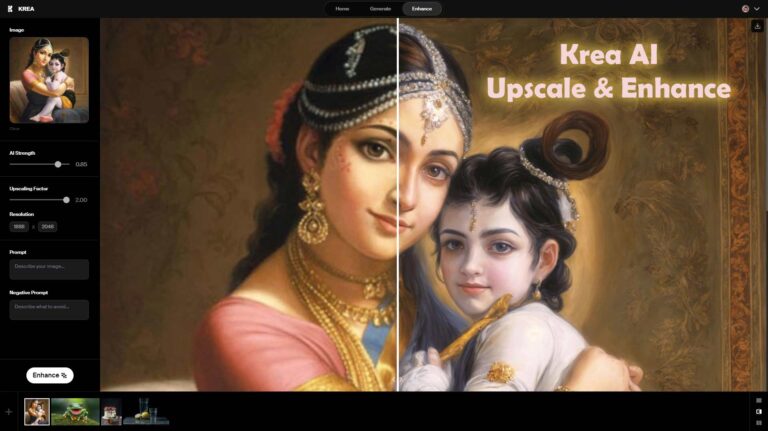
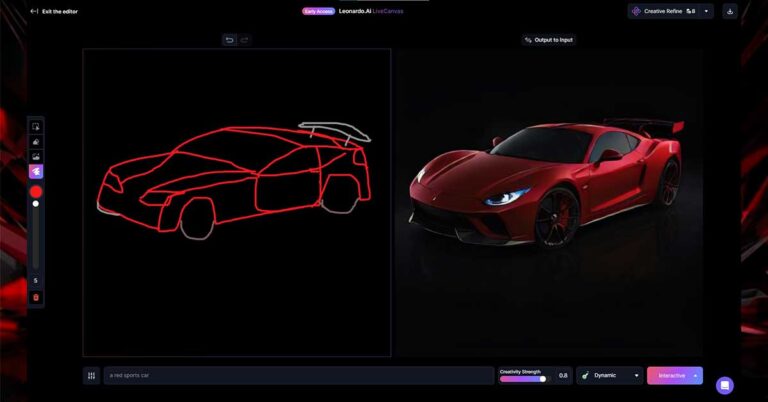

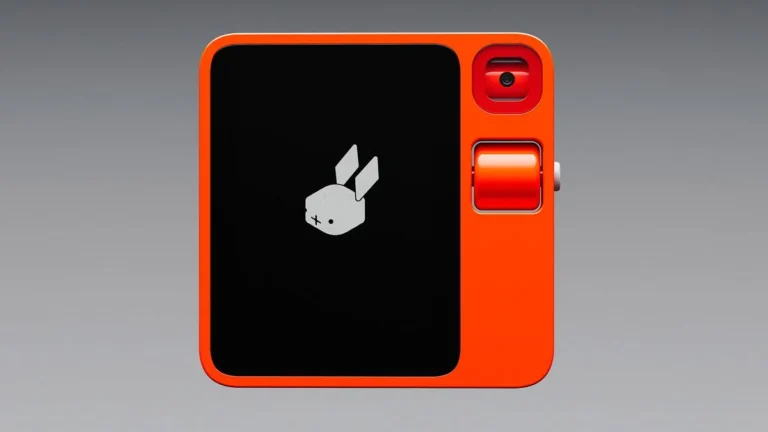
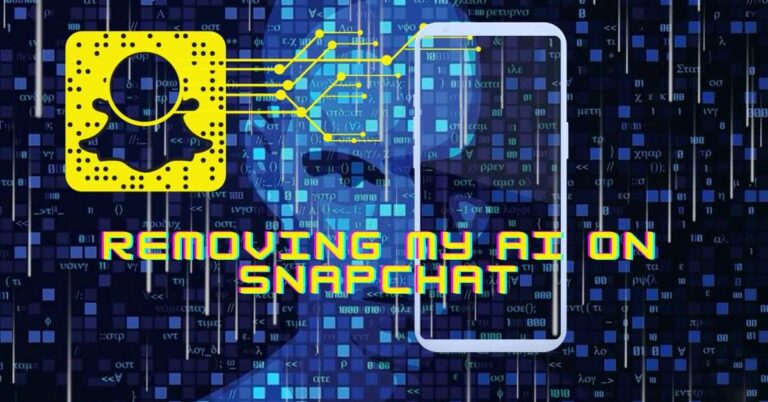
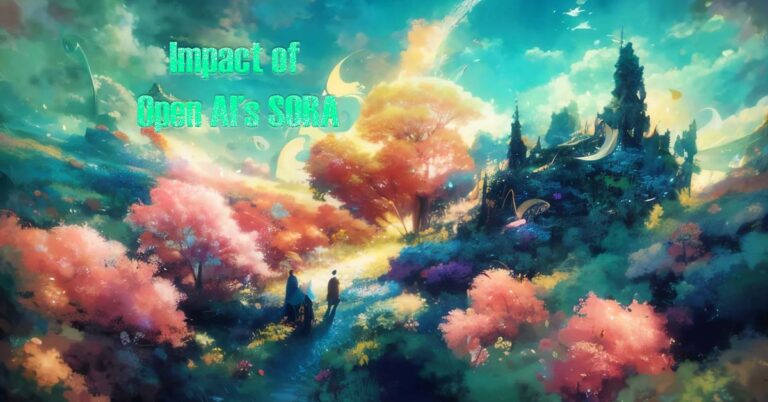
3 Comments